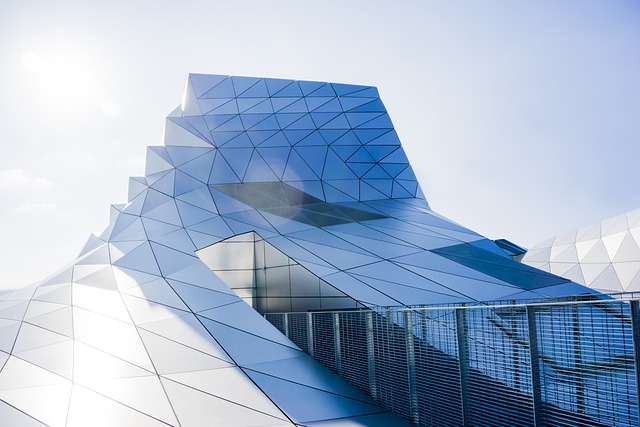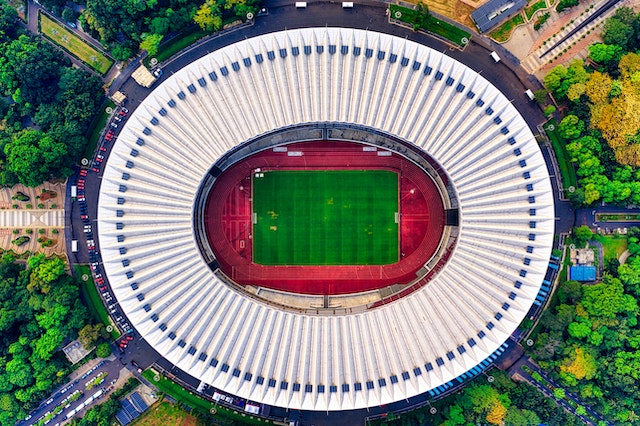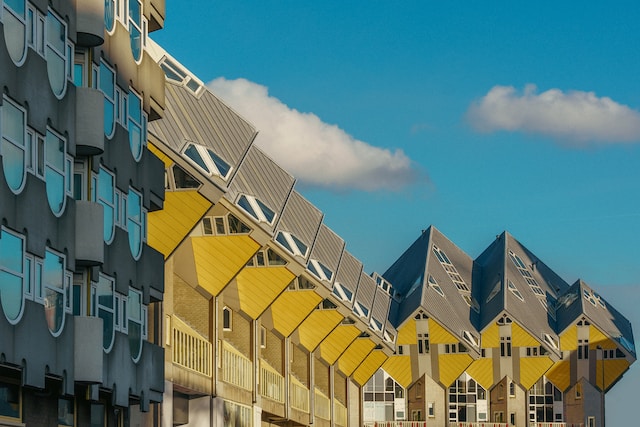During my professional journey as an architect, I’ve been fortunate to witness the transformation of spaces into sanctuaries of serenity. Europe, with its reverence for both history and innovation, offers the perfect backdrop for this. Wellness retreats here aren’t just places of rejuvenation; they stand as avant-garde examples of architectural brilliance.
Embracing Nature with Contemporary Design
Europe’s wellness retreats take a leaf out of nature’s book. The continent’s vast and varied landscapes, from the Alpine slopes to Mediterranean shores, play muse to architects. It’s not about constructing a building in nature but letting nature guide the construction.

Take, for instance, a spa facility nestled in the Swiss Alps that I recently had the pleasure of visiting. Beyond its state-of-the-art hydrotherapy features, it employed panoramic glass facades, allowing visitors to immerse themselves in the surrounding snow-capped peaks, even as they soaked in warm therapeutic pools. It’s this symbiosis between the built and the natural that sets European wellness architectures apart.
Material Matters and Sustainability
A wellness retreat isn’t merely defined by its aesthetics, but also by the tactile experience it provides. Materials play a pivotal role:
- Natural stones, reminiscent of riverbeds, that offer cool underfoot comfort.
- Locally-sourced timbers that resonate with the scent of the surrounding forests.
- Recycled materials, underscoring Europe’s commitment to sustainability, adding not just environmental value but also a narrative to the space.
The Fusion of Ancient Wisdom and Modern Design
Europe is a tapestry of ancient cultures, each boasting its own wellness traditions, from Finnish saunas to Roman baths. Modern architects are tasked with translating this rich history into contemporary designs.
I recall working on a project in southern Spain, where the challenge was to incorporate the ethos of age-old Andalusian hammams into a space that catered to the 21st-century wellness seeker. With intricate mosaic patterns juxtaposed against sleek, minimalist water features, the result was a testament to how history can coexist with modernity.
Statistics Speak – A Notable Facility in Portugal
A recent wellness retreat in Portugal stands out not just for its architectural prowess but also its impact on local tourism. This facility saw an investment of over €20 million and spans a sprawling 15,000 square meters. Within a year of its opening, it registered a 40% increase in international visitors, emphasizing the significance of such architectural wonders in bolstering local economies.
Designing for the Holistic Human Experience
True wellness architecture goes beyond the visual. It delves deep into the psyche, understanding the nuanced needs of its visitors. Soundproof meditation chambers, light-therapy rooms calibrated to sync with human circadian rhythms, and spaces that organically facilitate movement, be it yoga or dance, are becoming staples.
For an architect, the challenge lies in creating a space that heals not just the body but also the soul. It’s about orchestrating an experience where every corner, every texture, and every play of light contributes to well-being.
The Next Wave in Wellness Architecture
The focus is intensifying on biophilic designs, where built environments seek not just to coexist, but to thrive symbiotically with nature. Imagine facilities that don’t just offer a view of a cascading waterfall, but utilize its waters, integrate its sounds, and imitate its natural flow in their interiors.
The Role of Technology in Holistic Design
No conversation about the future can sidestep technology. While one might argue the essence of wellness lies in disconnecting, there’s no denying the role technology plays in enhancing the wellness experience. Advanced air purification systems, smart lighting that adjusts based on individual preferences or even the time of day, and digital detox rooms that block out all external digital signals, are becoming sought-after features.
Community and Wellness
As an architect, I’ve always believed in the power of spaces to bring people together. The latest trend leans towards community wellness retreats. Shared spaces where individuals can not only embark on their personal wellness journeys but also engage in communal activities, fostering connections and creating shared memories.
An Architect’s Responsibility
In crafting these wellness retreats, architects hold a profound responsibility. We’re not merely designing buildings; we’re sculpting experiences, molding memories, and most importantly, promoting holistic well-being. It’s evident that these retreats are more than mere structures. They’re sanctuaries where architecture and nature, history and innovation, body and soul converge. And as Europe continues to push the boundaries of wellness architecture, I remain both a keen observer and an enthusiastic participant in this exhilarating journey.




